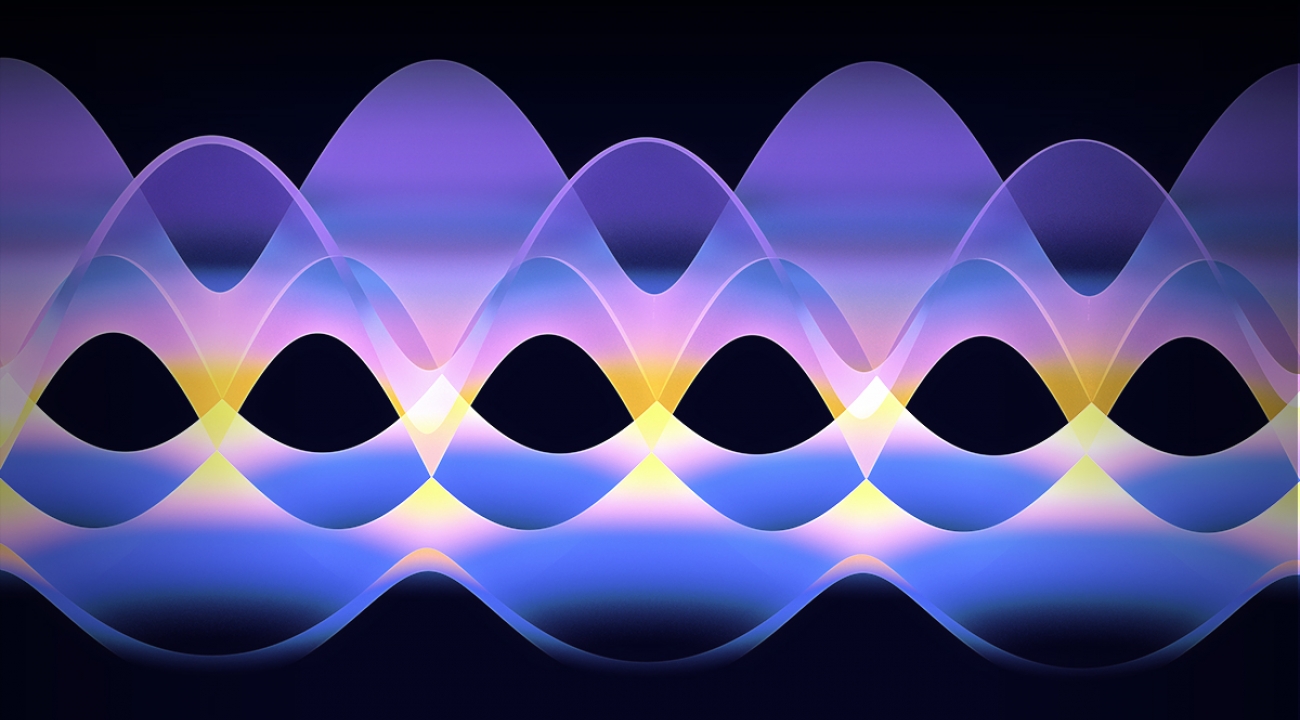- Details
-
Published: Friday, October 07 2016 11:39

This is part one of a two-part series on Weyl semimetals and Weyl fermions, newly discovered materials and particles that have drawn great interest from researchers at JQI and the Condensed Matter Theory Center at the University of Maryland. The first part focuses on the history and basic physics of these materials. Part two will focus on theoretical work at Maryland and will appear next week.
For decades, particle accelerators have grabbed headlines while smashing matter together at faster and faster speeds. But in recent years, alongside the progress in high-energy experiments, another realm of physics has been taking its own exciting strides forward.
That realm, which researchers call condensed matter physics, studies chunks of matter moving decidedly slower than the protons in the LHC. In fact, the materials under study—typically solids or liquids—are usually sitting still. That doesn't make them boring, though. Their calm appearance can often hide exotic physics that arises from their microscopic activity.
"In condensed matter physics, the energy scales are much lower," says Pallab Goswami, a postdoctoral researcher at JQI and the Condensed Matter Theory Center (CMTC) at the University of Maryland. "We want to go to lower energies and find new phenomena, which is exactly the opposite of what is done in particle physics."
Historically, that's been a fruitful approach. The field has explained the physics of semiconductors—like the silicon that makes computer chips—and many superconductors, which generate the large magnetic fields required for clinical MRI machines.
Over the past decade, that success has continued. In 2004, researchers at the University of Manchester in the UK discovered a way to make single-atom-thick sheets of carbon by sticking Scotch tape onto graphite and peeling it off. It was a shockingly low-tech way to make graphene, a material with stellar electrical properties and incredible strength, and it led quickly to a Nobel Prize in physics in 2010.
A few years later, researchers discovered topological insulators, materials that trap their internal electrons but let charges on the surface flow freely. It's a behavior that requires sophisticated math to explain—math that earned three researchers a share of the 2016 Nobel Prize in physics for theoretical discoveries that ultimately explain the physics of these and other materials.
In 2012, experimentalists studying the junction between a superconductor and a spotted evidence for Majorana fermions, particles that behave like uncharged electrons. Originally studied in the context of high-energy physics, these exotic particles never showed up in accelerators, but scientists at JQI predicted that they might make an appearance at much lower energies.
Last year, separate research groups at Princeton University, MIT and the Chinese Academy of Sciences discovered yet another exotic material—a Weyl semimetal—and with it yet another particle: the Weyl fermion. It brought an end to a decades-long search that began in the 1930s and earned acclaim as a top-10 discovery of the year, according to Physics World.
Like graphene, Weyl semimetals have appealing electrical properties and may one day make their way into electronic devices. But, perhaps more intriguingly for theorists, they also share some of the rich physics of topological insulators and have provoked a flurry new research. Scientists working with JQI Fellow Sankar Das Sarma, the Director of CMTC, have published 18 papers on the subject since 2014.
Das Sarma says that the progress in understanding solid state materials over the past decade has been astonishing, especially the discovery of phenomena researchers once thought were confined to high-energy physics. "It shows how clever nature is, as concepts and laws developed in one area of physics show up in a completely disparate area in unanticipated ways," he says.
An article next week will explore some of the work on Weyl materials at JQI and CMTC. This week's story will focus on the fundamental physics at play in these unusual materials.
Take a closer look with part two of this series.


